With the expansion of life science research in recent years on subjects such as induced pluripotent stem cells, embryonic stem cells, and the human genome (for personalized medicine), researchers need faster observation tools with higher sensitivity, multi-wavelength capability, and greater versatility. The CSU-W1 confocal scanner unit is a versatile tool that satisfies all these requirements. It can observe samples for longer periods of time with little of the damage normally caused by laser beams.
The scanner unit is an addition to the CSU series of confocal scanners. It is a high-end model that follows the previously released CSU-X1. With its significantly larger field of view, decreased crosstalk, and extended near-infrared spectral range, it can obtain sharper images of regions deeper inside live cells.
The scanner has a larger, newly designed Nipkow disk that allows imaging of areas up to four times the size possible with previous models. This quadruples throughput and increases the likelihood that images of phenomena will be captured even when it is difficult to predict where they will occur.
The distance between the pinholes on the disk has also been widened, reducing the flare caused by the leakage of light from adjacent pinholes (crosstalk). As a result, images are clearer.
Three models are available: a single-camera model, a two-camera model for two-wavelength simultaneous observation, and a single-camera, split-view model for two-wavelength simultaneous observation in a single image. A disk with 50 μm pinholes (appropriated for high magnification) and a disk with 25 μm pinholes (appropriated for low magnification) are available. You have the option of selecting one or both disk types, and in the latter case can electrically switch between the two disk types.
Confocal scanner units use laser beams to excite fluorescence-stained samples and observe the fluorescence. As an option, lasers with a near infrared up to 785 nm wavelength are available for the CSU-W1 confocal scanner unit. The longer wavelength laser beams penetrate further, enabling the observation of regions deeper inside live cells.
Yokogawa
www.yokogawa.com
Filed Under: TEST & MEASUREMENT, ELECTRONICS • ELECTRICAL

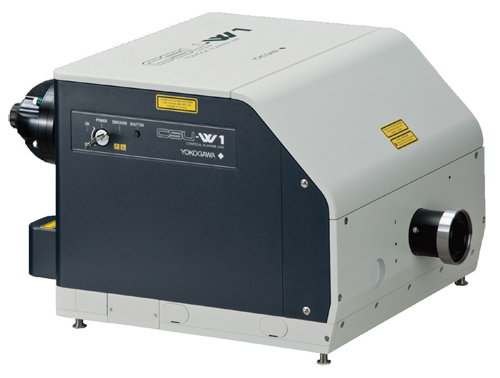
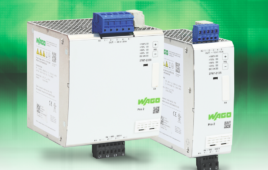
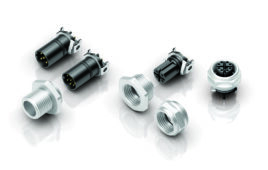
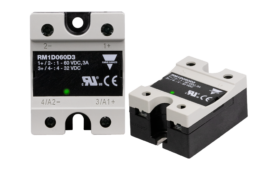
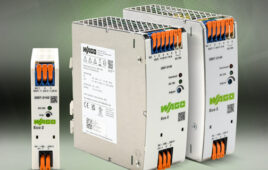
Tell Us What You Think!